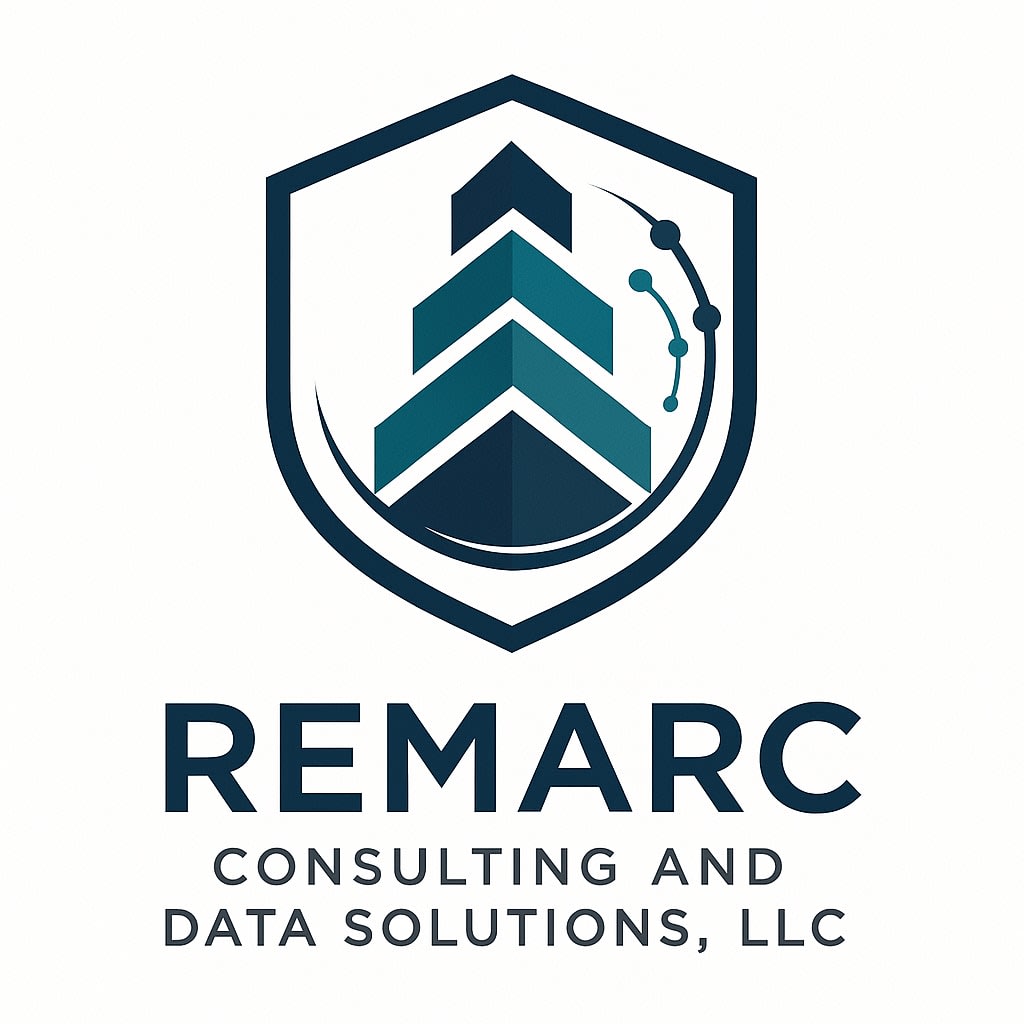Predictive Analytics as an AI Pattern

Predictive Analytics is one of the most powerful and widely used AI patterns. Instead of simply reporting on the past, predictive models anticipate what is likely to happen next — providing leaders with foresight to act earlier and smarter.
For healthcare and finance executives, predictive analytics can mean reducing preventable readmissions, anticipating claims denials, or forecasting cash flow more accurately. Done well, it transforms data into a strategic advantage.
At its core, predictive analytics uses historical data + statistical models + machine learning to identify patterns that can be applied to future events.
• Classification models predict categories (e.g., will a claim be denied: Yes/No).
• Regression models predict numeric outcomes (e.g., expected patient volume next week).
• Time series models project values over time (e.g., cash flow forecasts).
The models don’t provide certainty, but they do offer probability-based insights that enable proactive decision-making.
ERP systems provide the structured backbone of transactional data, but predictive analytics requires breadth and depth of data:
• ERP systems → financial transactions, payroll, supply chain movements.
• EHR systems → patient outcomes, diagnoses, encounter details.
• Data warehouses → consolidated, historical enterprise data.
• Data lakes → unstructured or semi-structured data such as sensor readings, notes, and logs.
By blending these sources, predictive analytics becomes far more powerful than ERP’s built-in reporting or “AI modules,” which are often limited to narrow use cases.
Some examples of AI Solutions that use data from multiple sources are:
• Readmission Risk Scoring: Combining EHR, ERP, and demographic data to flag high-risk patients before discharge.
• Patient Volume Forecasting: Predicting ED or inpatient volume to optimize staff schedules.
• Clinical Supply Forecasting: Anticipating shortages or expirations of critical medications and devices.
• Claims Denial Prediction: Identifying claims with high risk of rejection before submission, allowing preemptive corrections.
• Cash Flow Forecasting: Using ERP transactions and external market indicators to improve financial planning.
• Fraud Detection / Internal Audit: Spotting unusual transactions before they escalate into compliance issues.
How Predictive Models Work in Practice:
1. Data Understanding (Phase 2 CPMAI): Historical data must be profiled and explored to identify key features and gaps.
2. Data Preparation (Phase 3 CPMAI): Inconsistent formats, missing values, and biased distributions must be corrected.
3. Model Development (Phase 4 CPMAI): Machine learning models are trained, validated, and tested.
4. Model Evaluation (Phase 5 CPMAI): Predictions are measured for accuracy, fairness, and reliability.
5. Deployment (Phase 6 CPMAI): Models are integrated into workflows (e.g., ERP dashboards, Excel copilots, or real-time alerts).
Each phase builds on the previous one, ensuring predictions are not just technically accurate but also trustworthy, auditable, and business-aligned.
Done poorly:
• Relying only on ERP transactional data without enriching it.
• Deploying models without validation or monitoring.
• Treating predictions as certainties rather than probabilities.
Done well:
• Using ERP data as a foundation but extending into data lakes and external sources.
• Validating models continuously with real-world outcomes.
• Embedding predictive insights into day-to-day decision-making (e.g., dashboards, alerts, Excel queries).
Predictive analytics allows healthcare and finance leaders to move from reactive firefighting to proactive planning. With the right methodology, it not only reduces risk but also builds confidence in data-driven decision-making.
This blog is part of our AI Patterns in Practice series (Issue 3 of 7).
In our next installment, we’ll explore "Pattern and Anomaly Detection with AI" where AI helps leaders proactively identify risks for action before they become issues
Contact Us
Let’s Connect
Have questions or want to discuss how CPMAI can work for your team? Fill out the form below, and we’ll get back to you promptly to explore next steps together.
